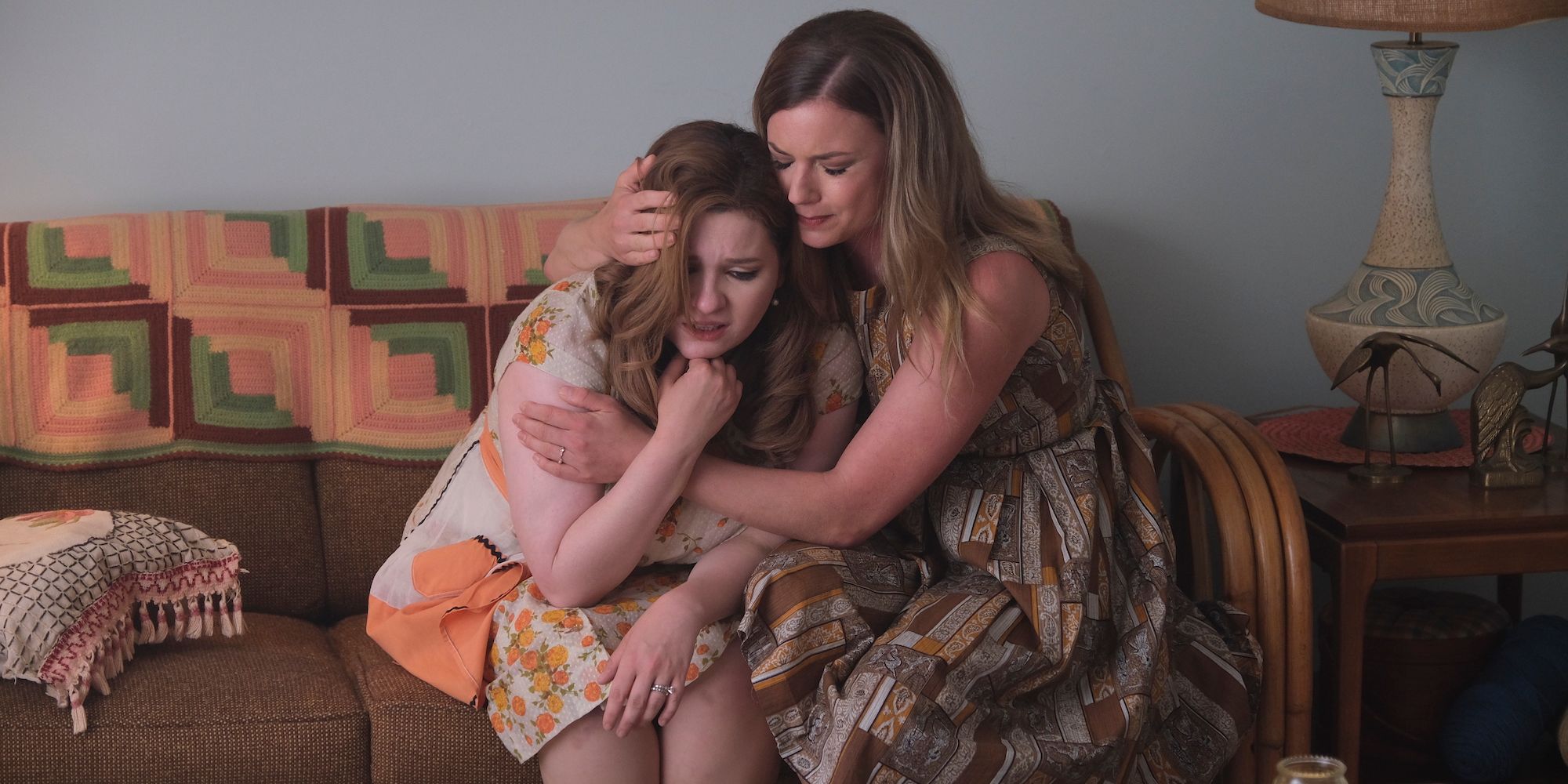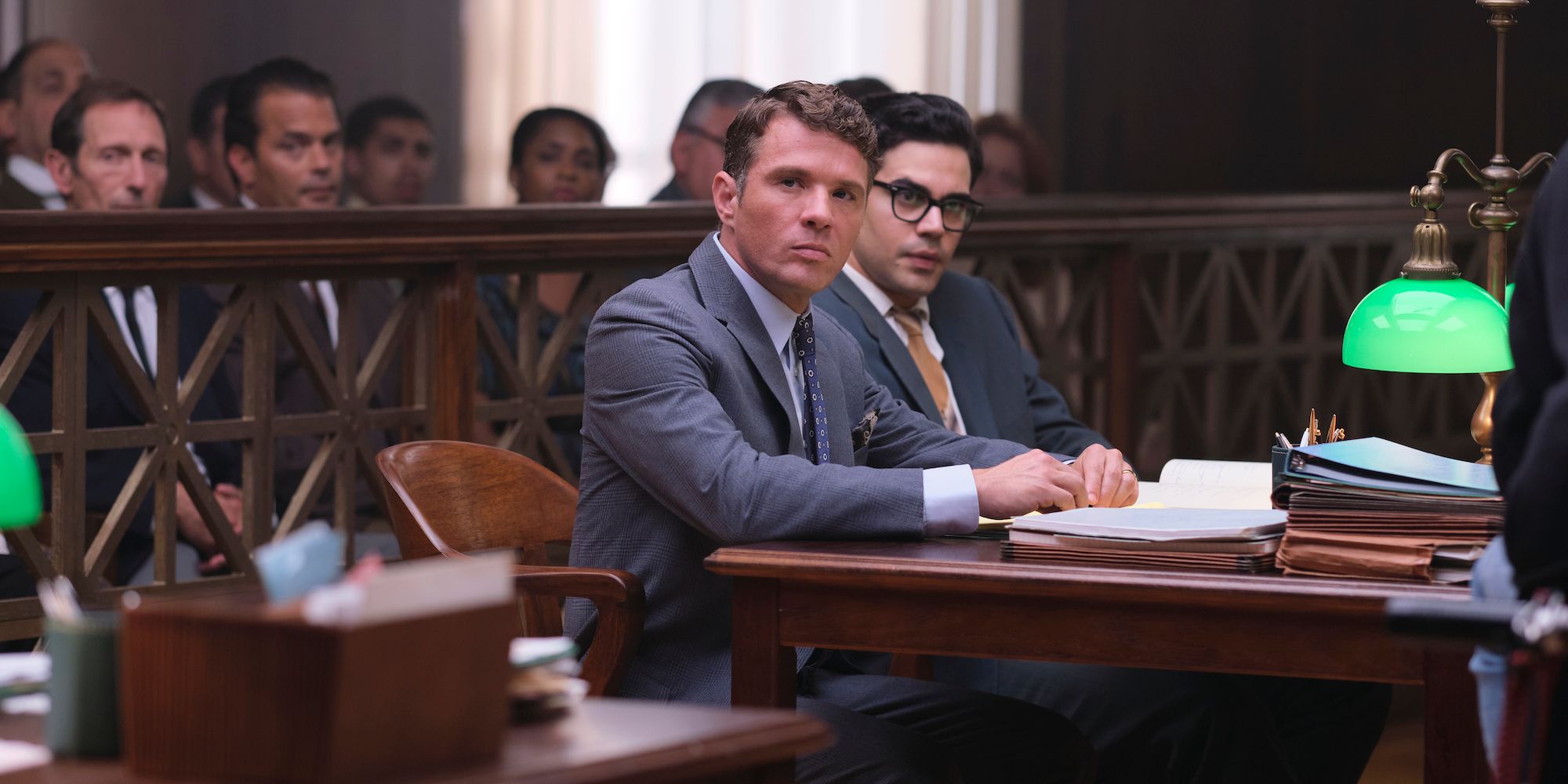Summary
- Miranda's Victim tells the shocking true story behind the creation of Miranda Rights, which protect people from self-incrimination under the fifth amendment of the US Constitution.
- The film depicts the difficulties victims face in reporting rape and seeking justice, highlighting the lack of support from family and the legal system.
- Despite some excessive visuals, Director Michelle Danner handles the sensitive content well, allowing the talented ensemble cast, led by Abigail Breslin, to shine in this compelling and impactful film.
“You have the right to remain silent. Anything you say will be used against you in a court of law…” Under the fifth amendment of the US Constitution, Miranda Rights protect people from self-incrimination. We hear them often in crime shows and films, but the story behind their creation is a shocking one. Director Michelle Danner brings to life this true story based on the 1966 Supreme Court decision that changed America forever. In Miranda’s Victim, Abigail Breslin stars as a victim of one of the most heinous crimes imaginable. George Kolber and Richard Lasser developed the story and J. Craig Stiles penned the screenplay of this well-acted, shocking story of events that would change crime reporting and our justice system forever.
Trish Weir (Breslin) is a kindhearted and shy eighteen-year-old. After getting off at her bus stop from a long night at work and beginning her walk home, Trish is kidnapped and raped. Through countless recalls with the local police officers, Trish finally identifies her assailant, Ernesto Miranda (Sebastian Quinn). Miranda confesses without legal representation and serves a two-year sentence, which is later overturned. Trish wants to put her trauma behind her, but Lawrence Turoff (Luke Wilson), the prosecutor overseeing the case, is determined to hold Ernesto accountable for his crimes. But with Ernesto’s defense attorney, John Flynn (Ryan Phillippe), standing in his way, that proves to be more challenging.
Throughout Danner’s film, there is one thing that is vastly clear: Rape reporting and convictions have been a trouble spot in our legal system for a very long time. Though Miranda Rights serve their purpose and belong in the constitution, their origin can very well leave a bad taste in your mouth. Through Weir, we see how little support there is when it comes to reporting such crimes, whether that be from your own mother, husband, or the courts. But something that Miranda’s Victim does well is show Trish’s bravery in dealing with her trauma while pushing through and using her voice to get her rapist convicted. We don’t often see this depicted on the big screen, so it’s a breath of fresh air to be reminded that women are multifaceted and able to take on the very same things that bring them trauma.
The script appropriately demonstrates just how difficult standing up to one’s rapist can be. Though the screenplay, written by J. Craig Styles, takes us through Trish’s trauma and fight for justice in equal doses, it is Danner’s direction that pushes the visuals a bit far in the storytelling. We're well aware of what a rape scene looks like, and the visual impact it brings. But we’ve also moved past the point of needing them to prove a point. And in Miranda’s Victim, the graphic visuals serve very little service to the story other than reminder flashbacks and ways to emphasize Trish’s ongoing nightmares. Subtlety would have been the best approach here and a redirection to the film’s style and personality would’ve been better suited.
Despite these minor hiccups, it is clear Danner understands the sensitive content of the story. Visually, the other parts of the story work in and out of the courtroom when it comes to shaping Trish’s feelings throughout the years. Crucially, Danner gives her actors the space to excel in every moment, giving us a compelling final product that is worth the watch. Abigail Breslin certifies her talent with every tear shed while giving an equally amazing physical performance. Ryan Phillippe also returns to form with his cutthroat approach to his character John Flynn. Not a single performance is wasted in Miranda’s Victim, which is exactly the kind of production you need from such a heavy story.
Ultimately, this story, likely unfamiliar to the masses, conveys the hidden history behind Miranda Rights with conviction and great storytelling. Breslin leads this ensemble cast with confidence, reminding us that her Oscar nomination for Little Miss Sunshine was no fluke. Though Danner could have taken a more subtle approach in her visual cues, there’s no denying the lasting impact her feature will have given the origin of Miranda Rights. Even with the film’s simple style, this story is about one woman’s courage to tell her truth and get justice for herself, even if she had to face the Supreme Court to do so.
Miranda's Victim will release in limited theaters and streaming on October 6. The film is 127 minutes and not rated.



